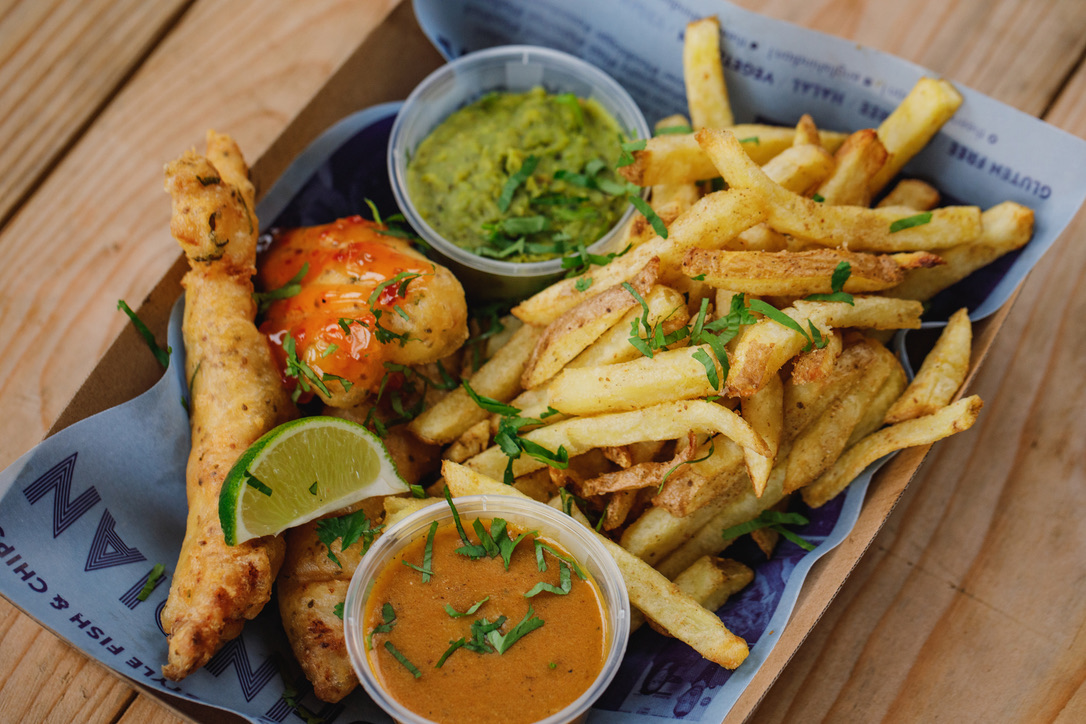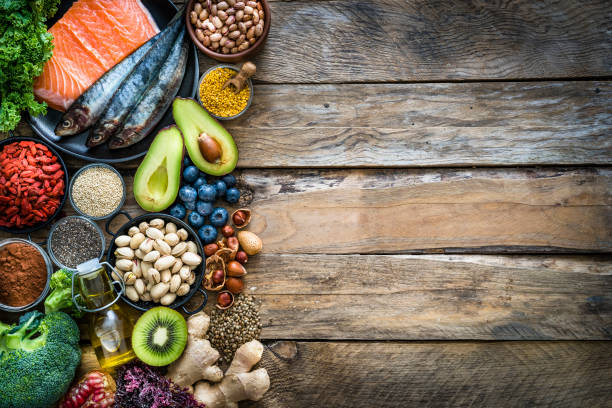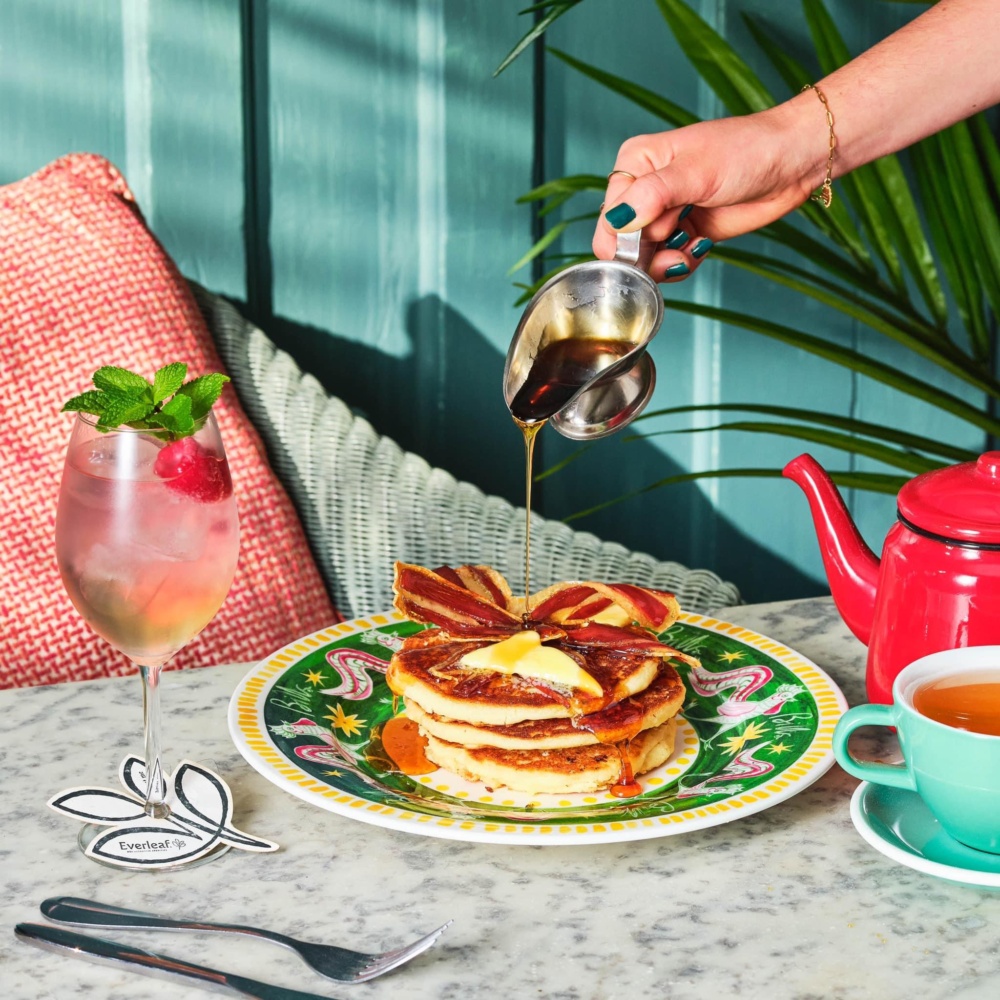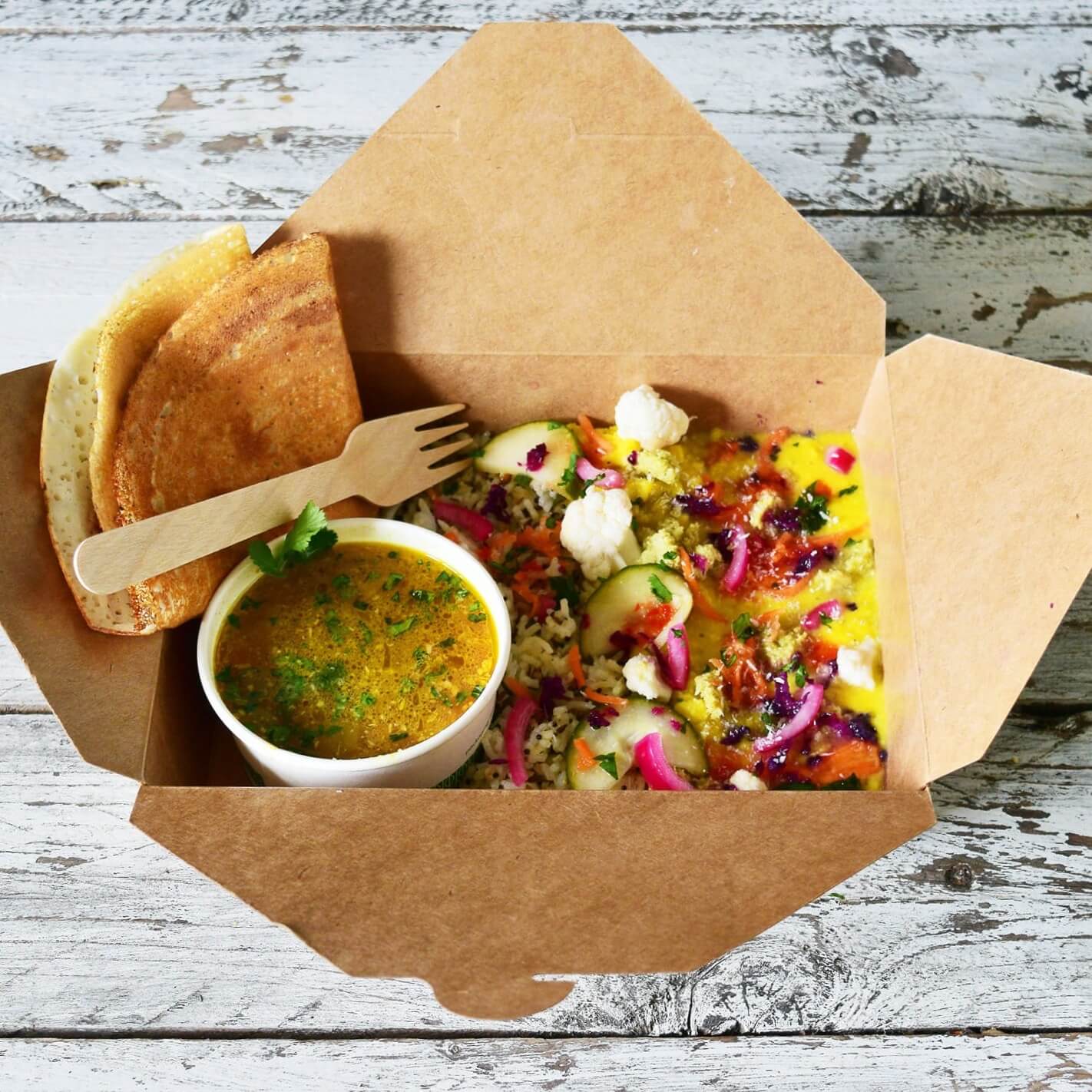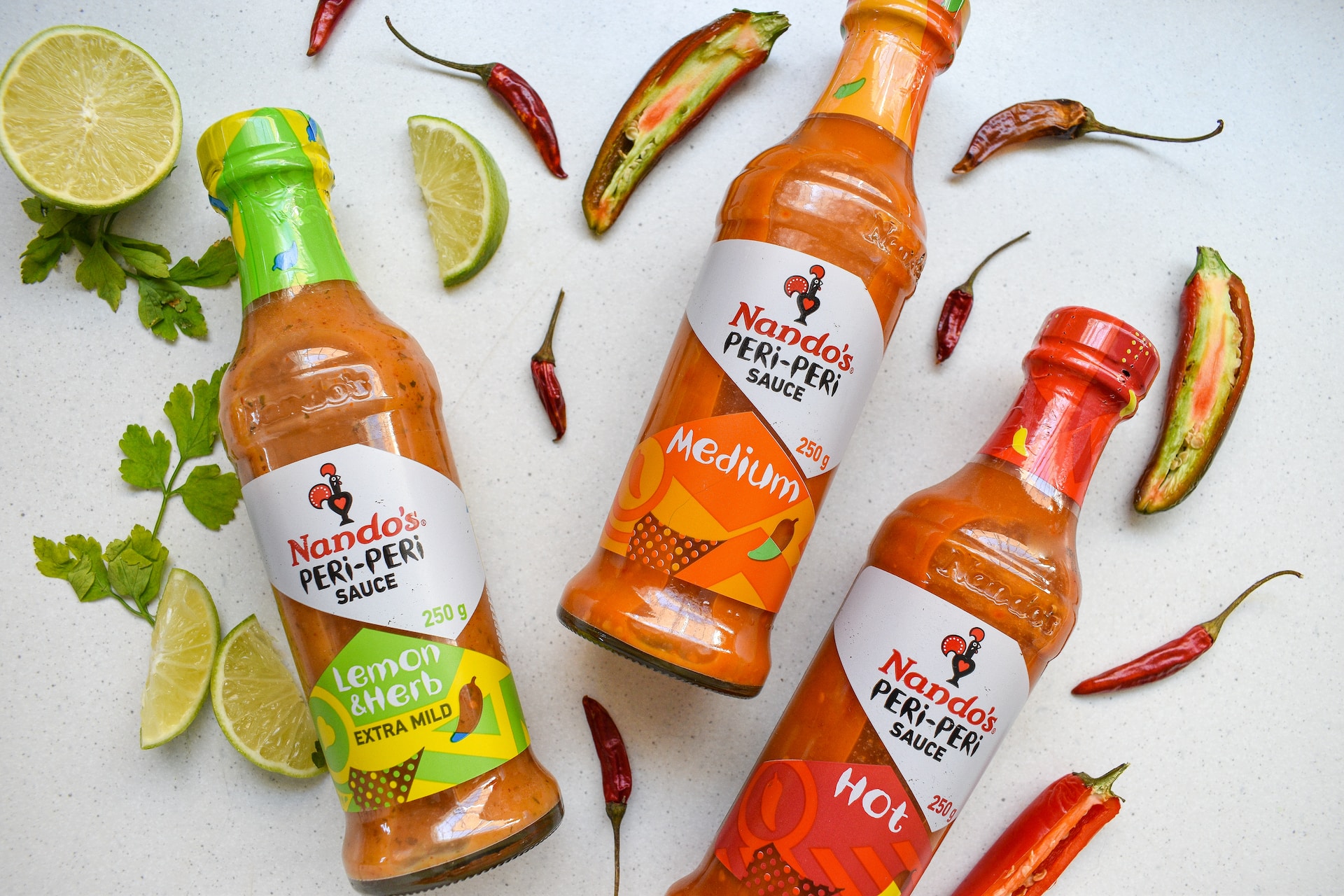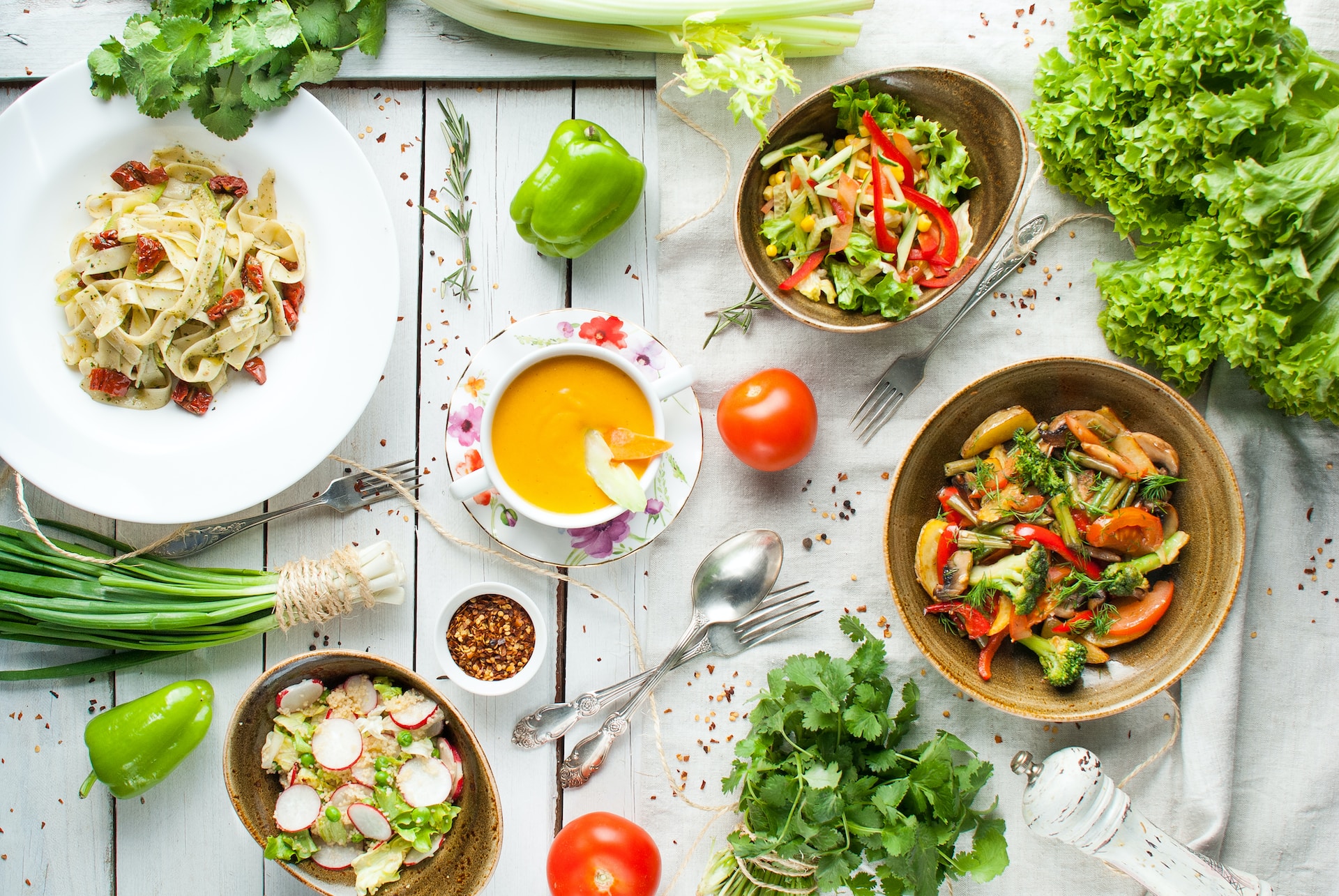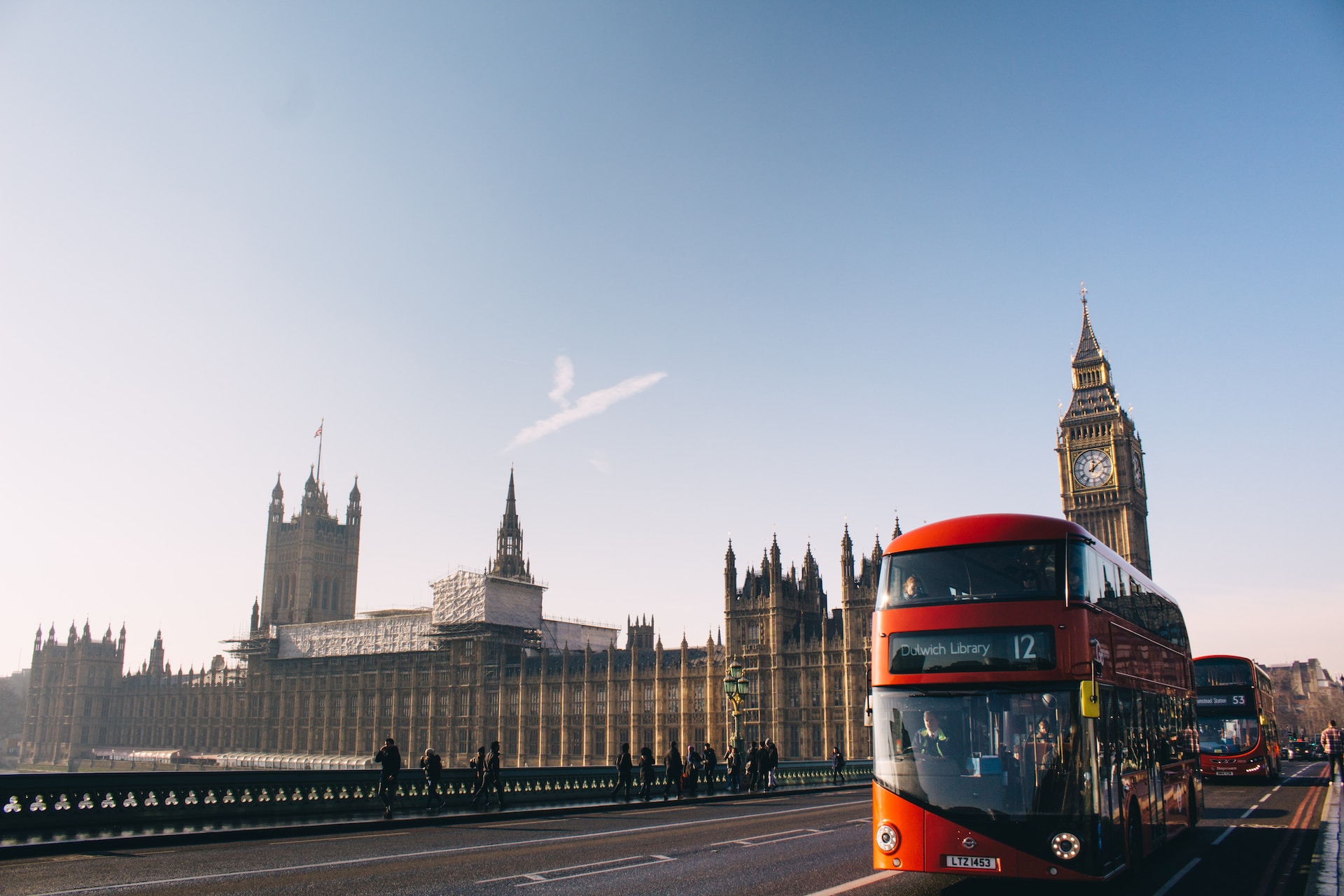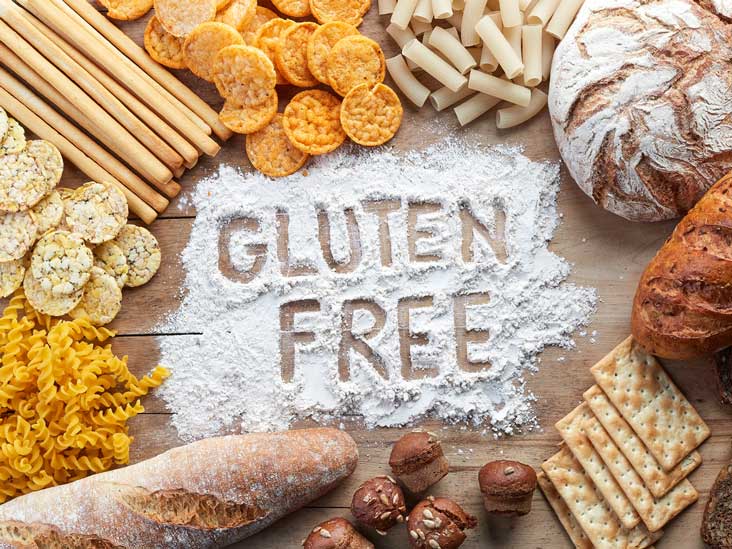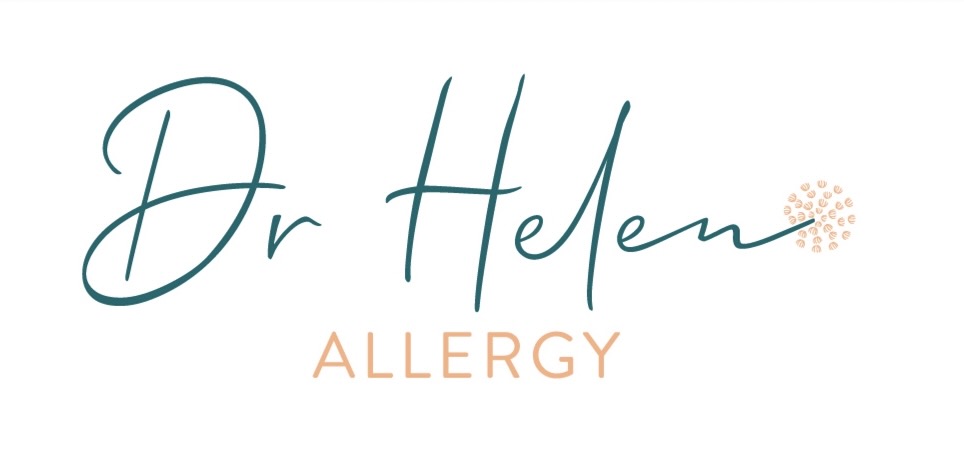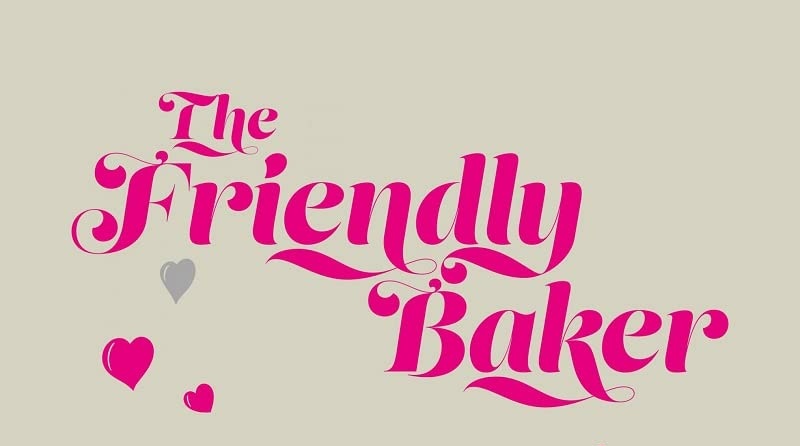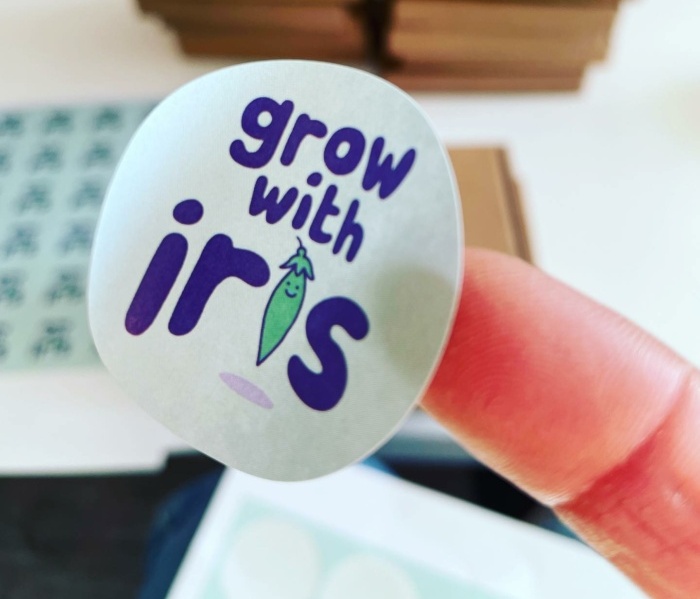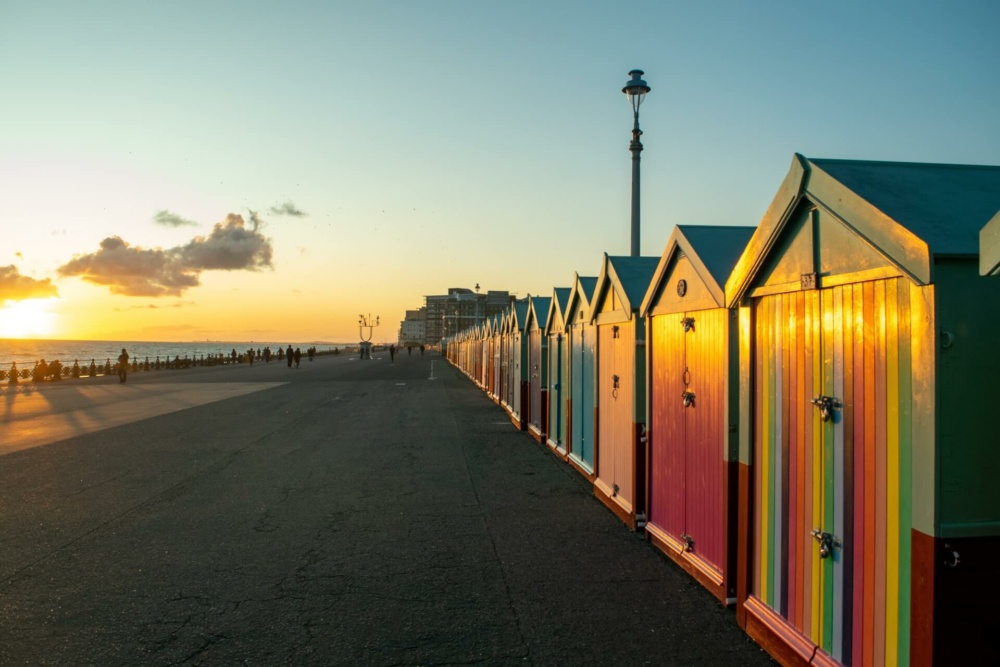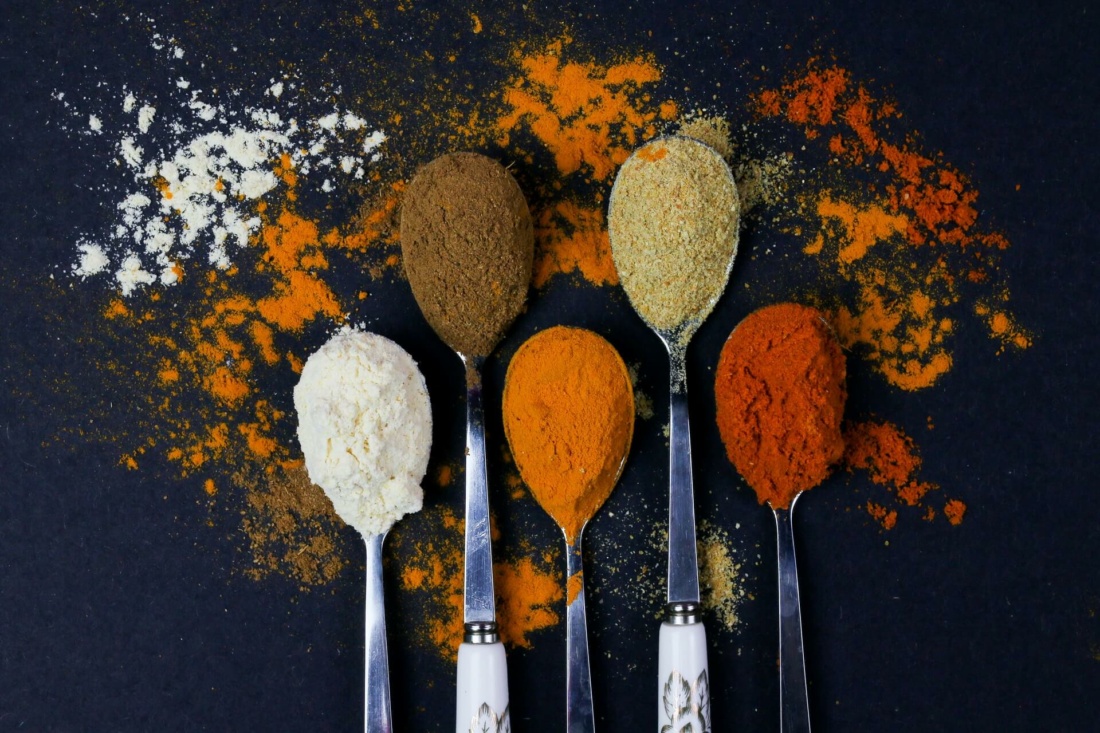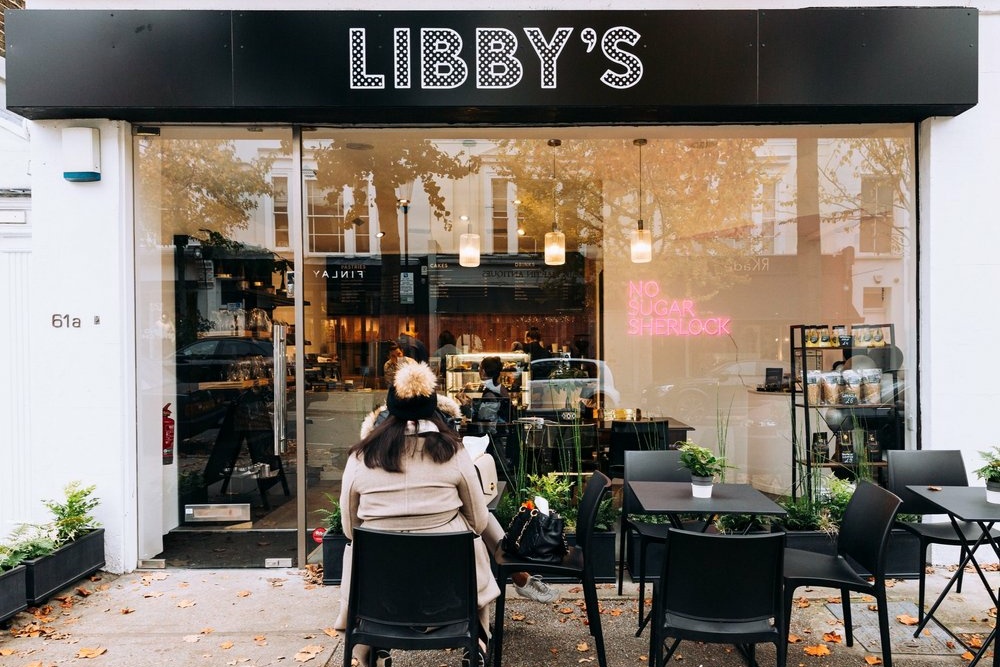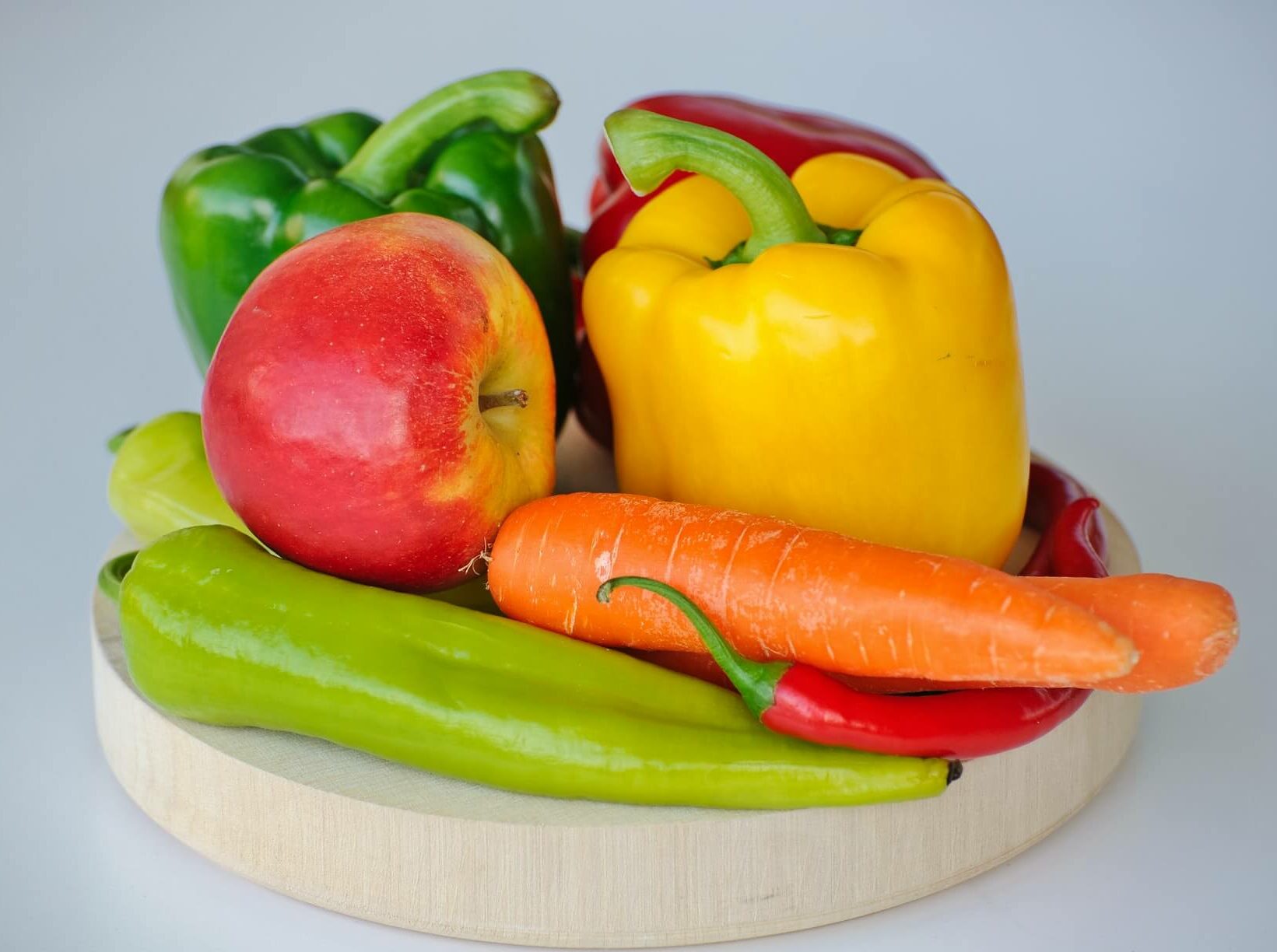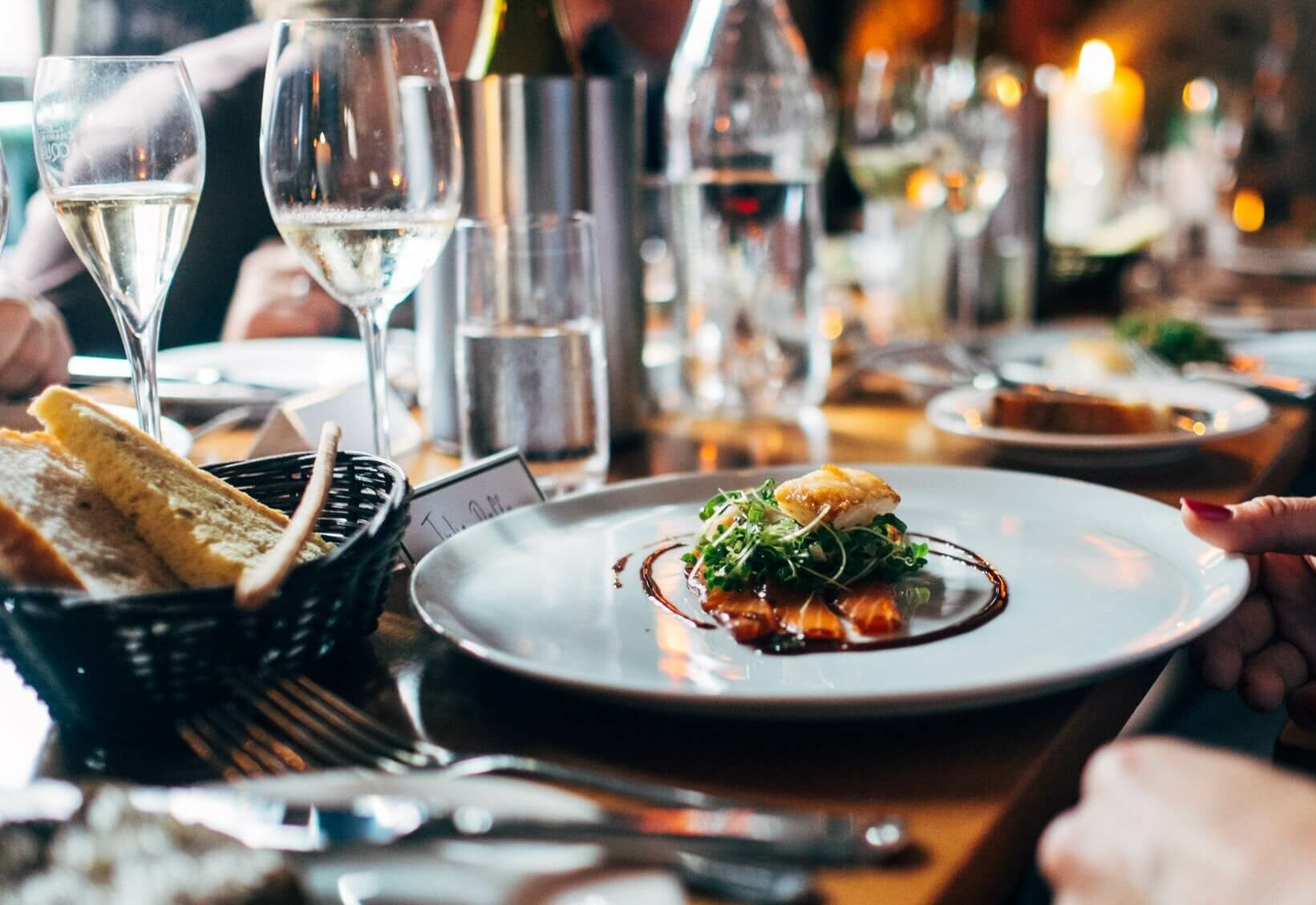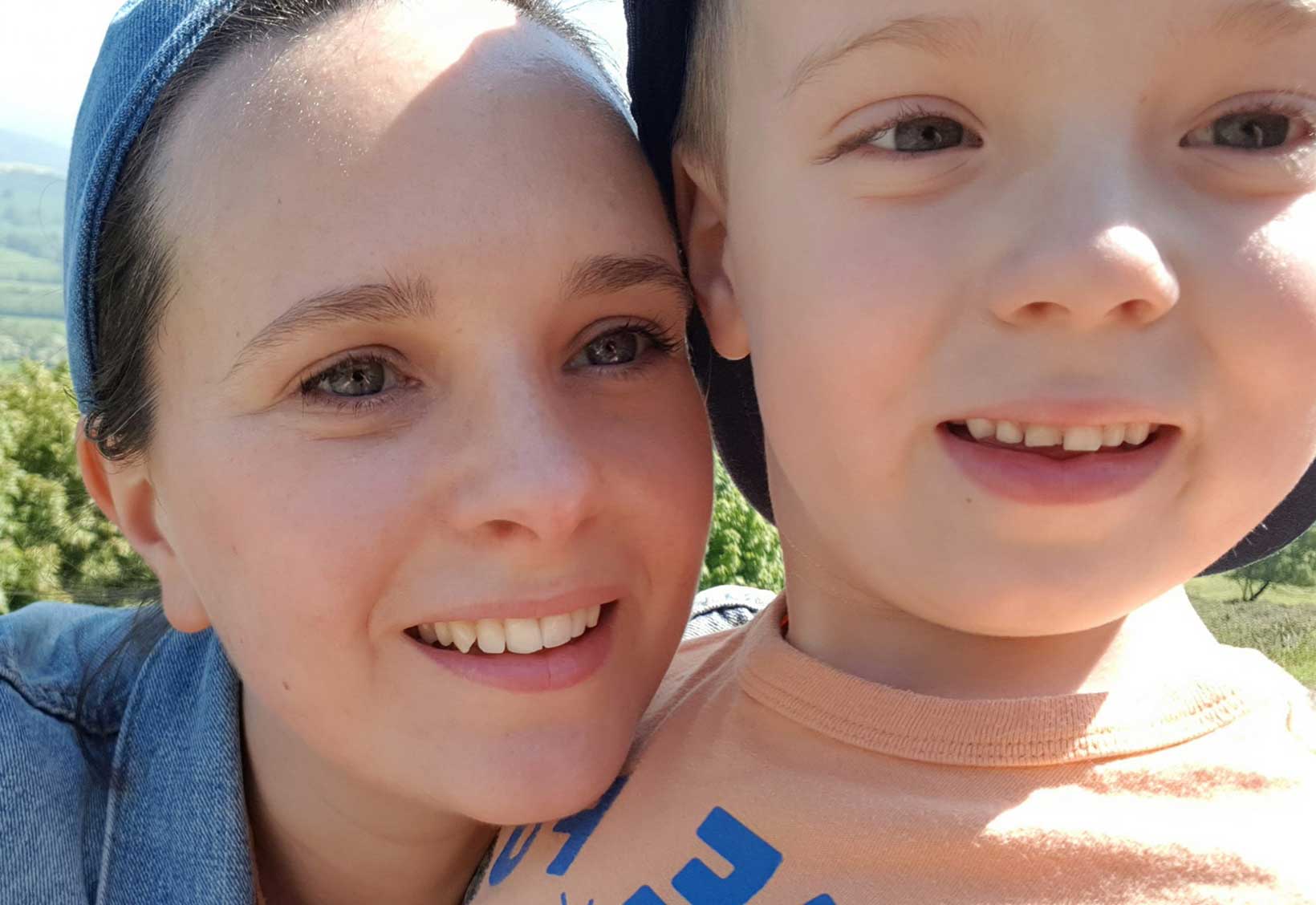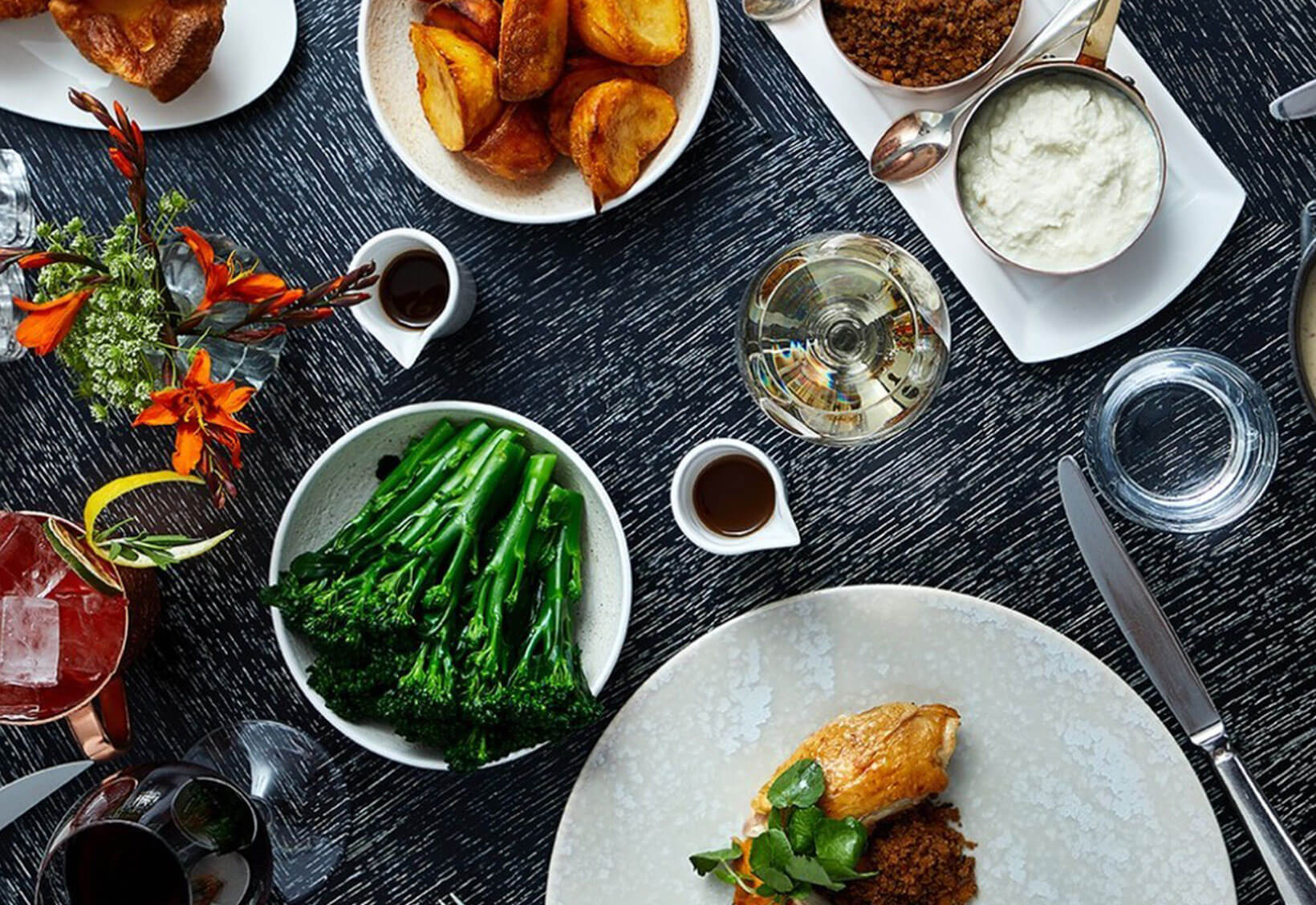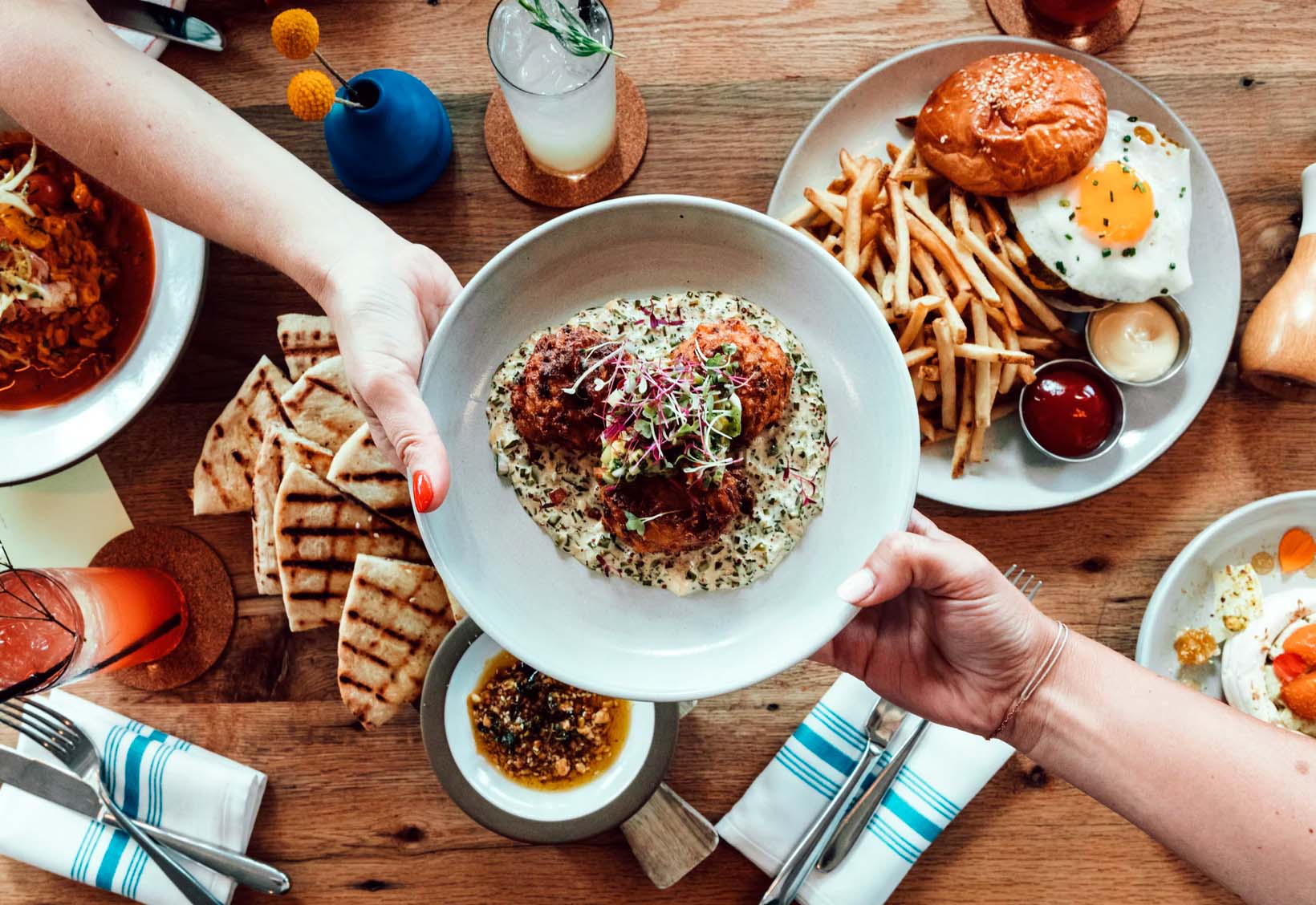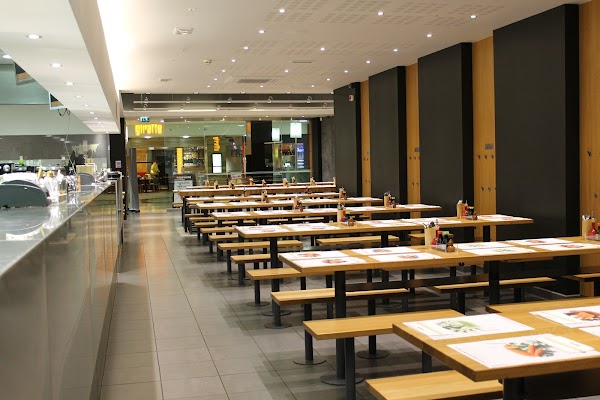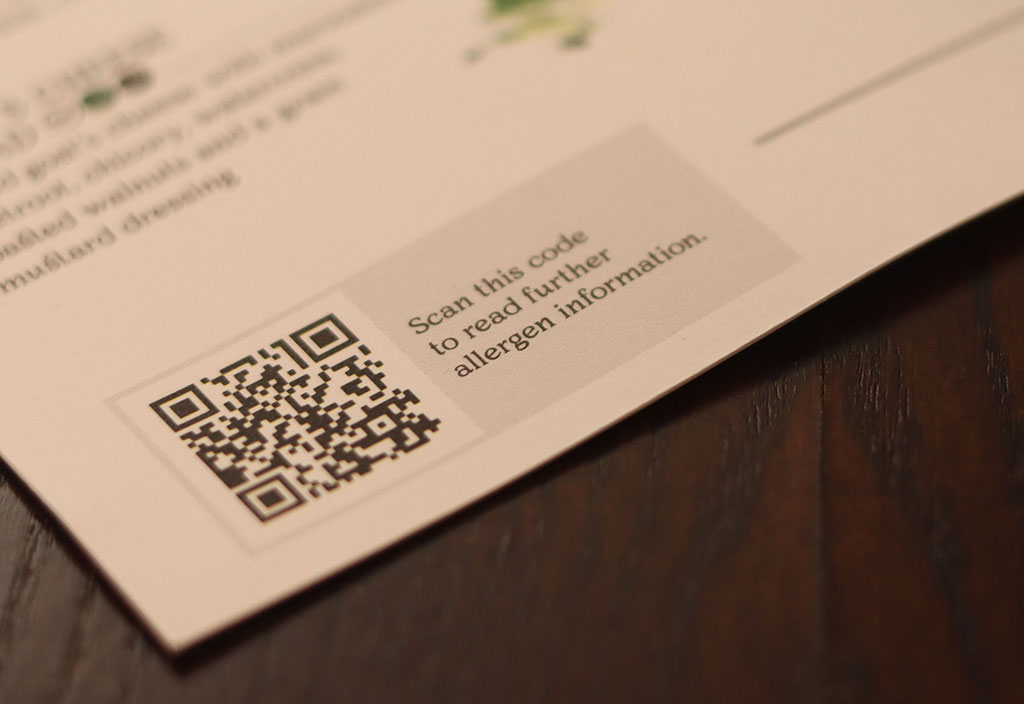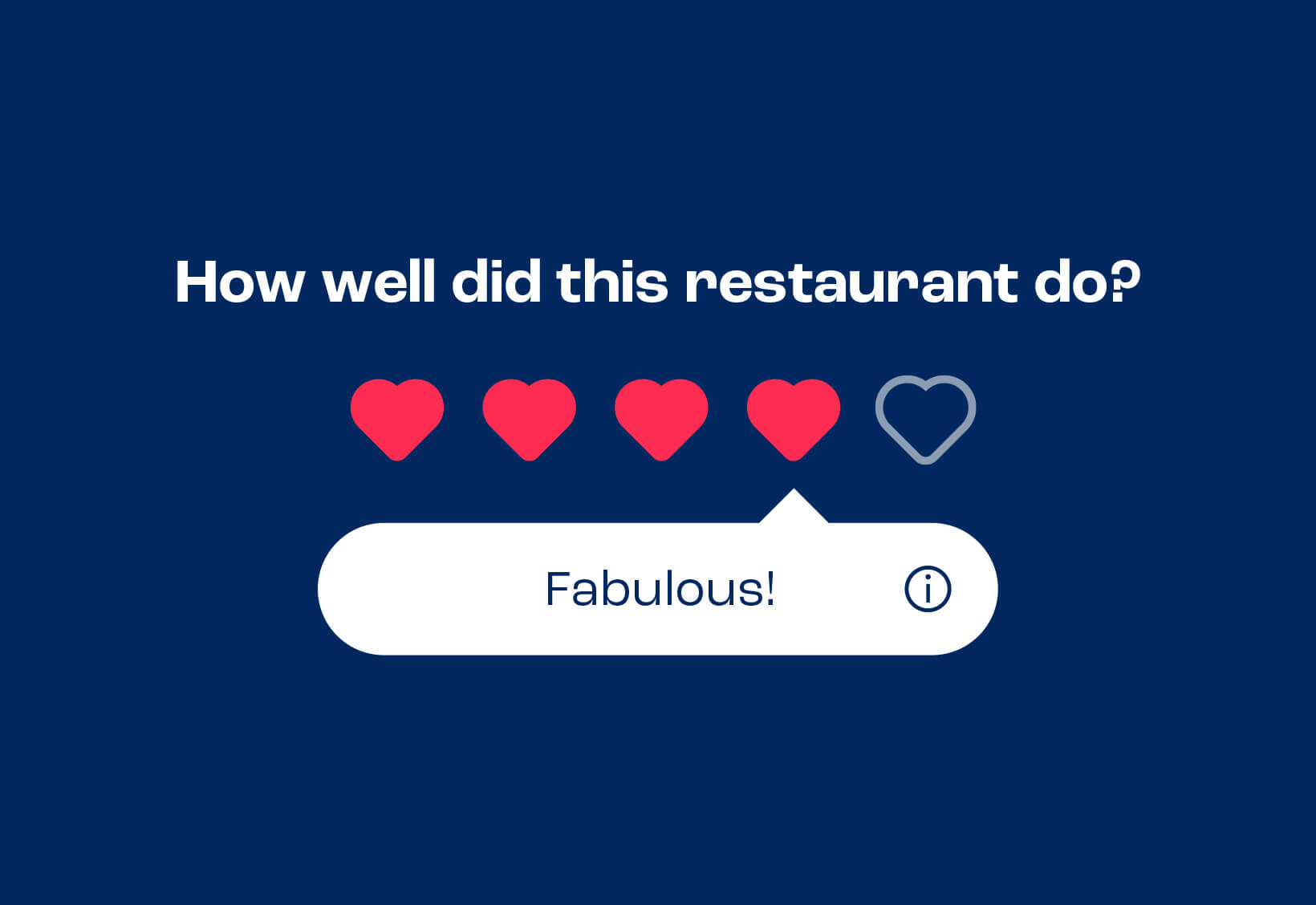Heather Landex - Food Safety Expert

By Heather Landex
In 2018, I was in the back of an ambulance terrified, thinking “am I dying”. I wasn’t, fortunately, but the doctor at the hospital put the doubt in my mind that I was severely allergic to milk, despite already being vegan and a food safety expert. It took 4 months until I could see an allergist.
It wasn’t until allergies threatened my own life that I paused to think about it in depth. At first, I didn’t want to eat out at all. I struggled to shop both as a vegan and milk free at the supermarket. I lost a stack of weight and showed signs of severe anxiety. I was scared to go to work, which involved inspecting kitchens and restaurants, but also involved a lot of travel and overnighting in hotels and the necessity to buy and eat food I hadn’t prepared myself.
My biggest discovery, or rather disappointment, frustration, and anger, is that vegan food is often completely unsuitable for those with a milk or egg allergy. It’s actually very likely to be contaminated with animal products because there is no legal definition around “unintentional contamination”, particularly with vegan claims on the packaging or menu.
This injustice uncovered the severe extent that dietary preference minority groups are excluded from eating out, not just in restaurants but schools, hospitals, work, and any place which isn’t your own home – especially as a food safety expert.
I questioned and critiqued everything, the whole system, including marketing, tech and financials. Compliance professionals and food safety managers are grossly ignorant, completely blind in fact (I include my earlier self in that condemnation), although well intentioned. There are also several stages of communication affected by “The Curse of Knowledge”.
To give a brief example, I only understood the issue, once the issue affected me, and once a person knows something, it’s difficult to remember not knowing it. The industry may be assuming consumers know these risks of contamination, or the consumer may assume businesses know about allergy management. I am grateful everyday allergies only affect me and not my child (I’m still undiagnosed). Thankfully I’m not allergic to milk; I am, however, very lactose intolerant, if not milk intolerant.
During lockdown, I published my book “Inclusive: The New Exclusive. How The Food Service Industry Can STOP Leaving Money On The Table”. What had started out as an instinctive hunch turned out to be backed by the 50 industry experts I interviewed. The consensus is surprising…
It is very profitable to be inclusive…but businesses and individuals are scared:
“The liability (food safety fines are unlimited in the UK) is too enormous…there is no protection against…human error… they don’t want to hurt anybody.”
It is the safest and simplest option to avoid serving people with allergies. That’s the harsh truth.
Of course, sometimes there is prejudice, discrimination, or extremely poor customer service, but the bottom line is caterers, restaurants, hotels, and the food service industry at large, do not want the liability, responsibility, or complexity of serving people with allergies. The trouble is, that excludes around 20% of the population, not just those on the extreme anaphylaxis end of food allergies.
Disclaimers
So, what happens …. Disclaimers. I’m sure you have read some awkwardly worded “advisory notices”.
“Everything is in everything”. “We have an open kitchen therefore cannot 100% guarantee the safety of our food for those with allergies”, “allergy sufferers beware”
These disclaimers may be ambiguous, contradictory, or discriminatory, others may be extremely well intentioned and accurate.
There is no guidance on what they should or shouldn’t say. They also do not have to have one, they are not obliged to serve people anything other than what they offer on their menu. Many compliance professionals recommend the “everything is in everything” disclaimer.
When you ask a restaurant to serve a person with allergies, what you are requesting is a “free from” dish.
The term “free from” means absolute 0. There is no way a restaurant can absolutely guarantee 0. Gluten free, has a threshold of 20 parts per million, and therefore is easier to guarantee, and enforce. 0 can never be tested but “free from” products are tested to the most accurate level available. That is why they cost more, they have paid to be tested and accredited as safe.
If a restaurant were to serve you a product which is labelled “free from” by the manufacturer and serve it to you in the original packaging, then the liability still belongs to the manufacturer.
Perhaps you hadn’t realised what you were asking of the restaurants/cafes. The business has no guarantee for themselves that their procedures do indeed protect them from being prosecuted should you have a reaction. It hasn’t been tested in a court of law. It’s a checkmate situation.
Most cases of allergy incident will result in prosecution, even when the business is extremely well intentioned. Human error is basically an accident, but often the cause is lack of training. Even having a court case for which the business was innocent, is extremely costly in litigation, and often big businesses (facing a risk of a substantial fine dependant on their revenue), will simply settle out of court.
In other health and safety law, businesses must guarantee safety of their employees, customers, and the public, which is why Public Liability Insurance is mandatory. When a food business serves a person with allergies, they are saying their food is “fit” for a vulnerable group of society; if there is then an incident, they have broken food safety law. Food is “unfit”.
Allergen menus, please be aware
If you look at ingredients or allergy information (matrix, list, grid, menu), you are not looking at “free from” food. Contamination is not necessarily mentioned. The lack of a “may contain” is also not an indication of “free from”.
If you see 14 allergens listed in a disclaimer, question which items contain lupin, often even a vegan restaurant has a 14-allergen disclaimer, as it is advised by their local Environmental Health Officer or compliance consultants
Another example is gluten free claims are often discouraged by trading standards if gluten is on the premises, normally accompanied by a formal letter with its own disclaimer “this has not been tested in a court of law”. Even the enforcement powers have disclaimers. They are also scared of liability from businesses discrediting their advice.
Perception vs reality
Just because you eat somewhere and have a nice customer experience without incidence, doesn’t mean it was safe or that it will be safe next time. The reverse is, however, very true. No injury or accident does NOT equal safe. Consider driving and using a seat belt. If you have an accident, that is the moment you can test the safety of the seat belt, not before. If you drive without seat belts, nothing happens unless you have an accident or near miss.
Think back to when you first received a diagnosis. How complicated it was to eat, to shop. Think how you would feel if you had to serve someone in your own home with an allergy to something you had in the cupboards. Well, the people in the kitchen may have no idea or they may be proficient. They are the ones making the food, not the person who created the allergy information, not the manager, not the manufacturer. The risk in a commercial kitchen is not the same as in your home. Quite the opposite.
Ingredients in allergy lists do not have to include contamination. “Unintentional ingredients” from the kitchen, server or even other customers. Always ask, and if you doubt the capabilities of the person you ask, ask for a supervisor or leave.
“May contain” labels on packaged food – are voluntary. The information about ingredients and specifically the 14 allergens should be available at all food businesses; however, “may contains” for the kitchen may not be included, or do not have to be produced in any set format. It can be handwritten, or verbal advice.
Packaged foods in the UK, since 1 October 2021, must have full ingredient labels. The competency of this activity of labelling food may be lacking, it’s very complicated and food handlers, chefs and even service staff have never had to do this before. It’s a learning curve. They may even avoid packaging food.
“Traces” usually mean the food is cooked, prepared, stored, served in proximity (e.g., on the same grill, in the same fryer) as other products containing allergens, or they have simply passed it on from the manufacturer. The quantity is unspecified.
There is a challenge for restaurants to get the information from suppliers in a format they can use or understand. Sometimes there are “substitutions”, meaning either the supplier or manufacturer used a different ingredient, provided a similar but different product temporarily. Or ingredients change in a branded product. During the pandemic, this was extremely difficult to navigate.
Although information is available, staff need training how to communicate, take orders, understand the language the customer is using, and quite often it is only the head chef or manager who understands allergies to a suitable level.
The “human error” risk increases when communication relies on information being up to date.
One member of staff can unintentionally bring down the whole system by rushing, using the wrong utensils, not cleaning something adequately, rushing to wash their hands, or in many cases, underestimating the significance of tiny, microscopic, invisible amounts of allergens in food, such as using the same toaster, grill, knife, spoon to serve someone.
How to spot a good barista or server
Barista machines are also not guaranteed for allergies. (That’s a whole other blog post).
This information may be frightening. There are however signs of competence you can look out for. A checklist of sorts.
✅ If the manager serves you as soon as you mention allergies, that’s a good sign.
✅ If the server discusses how the food will be cooked, separated from usual kitchen activities, that means they have good procedures in place.
✅ If the disclaimer has a reasonable argument for why food cannot be considered safe or explains that although they have separation, they can still not guarantee (specified ingredients) …They are likely providing the best guarantee they can.
✅ If your plate, dish, or your place setting is visibly distinguishable from standard (colour, labelled, a flag) or if they serve the person(s) with allergies first or last…it likely means they understand separation. Expect it to take longer to prepare food for groups with a person with allergies. It really disrupts their kitchen operations. If they discuss opening ingredients fresh for you, or offer you something basic, it is because they can guarantee it 100% (e.g. a jacket potato and newly opened a tin of baked beans) but they cannot take anything prepared for granted.
✅ Ask questions. Does the person taking your order understand you? Do they know their business’s procedures, do they write your order down, do they ask you questions, do they repeat it back to you, and check again when they deliver the food? If so, it shows they’ve had pretty good training.
Be aware of human error and spot the good signs
❌ If there is confusion between vegan and gluten free. It sounds daft, but often the service staff have no idea about any of the dietary preferences. If you ask for one allergy friendly option, sometimes they assume it’s all the allergies. It’s a general lack of awareness in the population and people forget their training so they just give you everything related to allergies or dietary preferences.
❌ Beware if your server is new. They may be lacking training and be unaware of their own incompetence with relation to allergies.
❌ Beware of over confidence, particularly relating to coffee machines, buffets and fast food which may use complex machines, or be open to the public doing unexpected or unhygienic things.
❌ Barista coffees and coffee machines. The milk wand to steam milk is often only wiped clean with a cloth, the inner workings of the machine cannot be guaranteed for allergies. Alternative milks for vegans (including nut milks) increase the number of allergies on the machine.
✅ If they have two machines, one is often for milk and the other for everything else. If you can watch them prepare it, if they use a separate jug (colour or label) and a separate wand, that’s a good sign.
❌ I’ve seen about a 1 in 10 error when I order coffee even for the large chain companies.
✅ If they go out the back and get a freshly opened cake for you…that’s a very good sign. The layout of a display case is very important so that nothing above or next to the appropriate option can contaminate it.
What the restaurant/business will assume about your allergies
The restaurant or food business will always assume you have an anaphylactic level of allergy, but the individual may not. Processes and advice are very black and white. When people ask for allergy friendly food but accept extraordinary levels of risk, due to their allergy being mild, or even an intolerance or preference rather than allergy, it dilutes the message.
Assume people have the best intentions but always be aware of miscommunication and human error. Also be aware of the “Curse of Knowledge”: people without allergies in their life, have never thought about the consequences of disclaimers, ambiguity or the difficulty, complexity, severity, and seriousness of food allergies.
Disclaimer forms
Finally, what to do if they ask you to sign a disclaimer “I’m not liable if I die or am injured” ….
Know, there is no validity in it. They are simply proving that you have read the allergy disclaimer (they are not guaranteeing “free-from”). If you feel mistreated, complain. The community needs to be more visible, and less cooperative with bad service, despite it being the status quo.
You must tell them about your allergies, and they must tell you about risk. Signing or not signing something doesn’t change the liability, that always remains with the business. You do need to accept; they may be advising you of a very real risk. Like bungy jumping with a heart condition. If they promise to take every precaution, it does indicate they are informed.
It’s a bit like a person in a wheelchair wanting to stay in a hotel. If there were a fire, it’s the hotel’s responsibility to make sure they can get out but just because they don’t have ramps and ground floor rooms, doesn’t mean they cannot serve them. There are many fire evacuation procedures to safety evacuate people in wheelchairs. They can be carried, they can put them in fireproofed room (no smoke would enter if they were delayed evacuating), with a window accessible in emergency. It’s not as black and white as people assume. For some hotels it is very valid that it’s not accessible to wheelchairs.
If a food business does not give you the correct information, any information, or they mistreat you in other ways…you can complain to the authorities (Environmental Health at your local council for safety concerns, Trading Standards for misinformation, and if it not being served at school, work, or other public institutions, or somewhere whereby you have restricted access to food – then it is discrimination and you have a right to “accommodations” as much so as someone with a physical or mental disability).
Equality Act 2010 – food allergies and intolerances are a disability and people should be treated fairly. Fairly doesn’t mean a restaurant can or has to cater to your needs, unfortunately.
Be your own advocate
In all cases, it is my advice as a food safety expert to advocate for yourself, educate others and speak up where something isn’t right. It’s not a case of sue or do not sue, it can be a case of constructive criticism or creating awareness. Reward the good with reviews, report the bad and match their intentions. The number of people with allergies is huge compared to public perception and the number allergy friendliness appeals to and effects is many times more. The government do not have an accurate measure. Be seen.
Blog by Heather Landex Author of “Inclusive: The New Exclusive – How The Food Service Industry Can STOP Leaving Money On The Table”.
